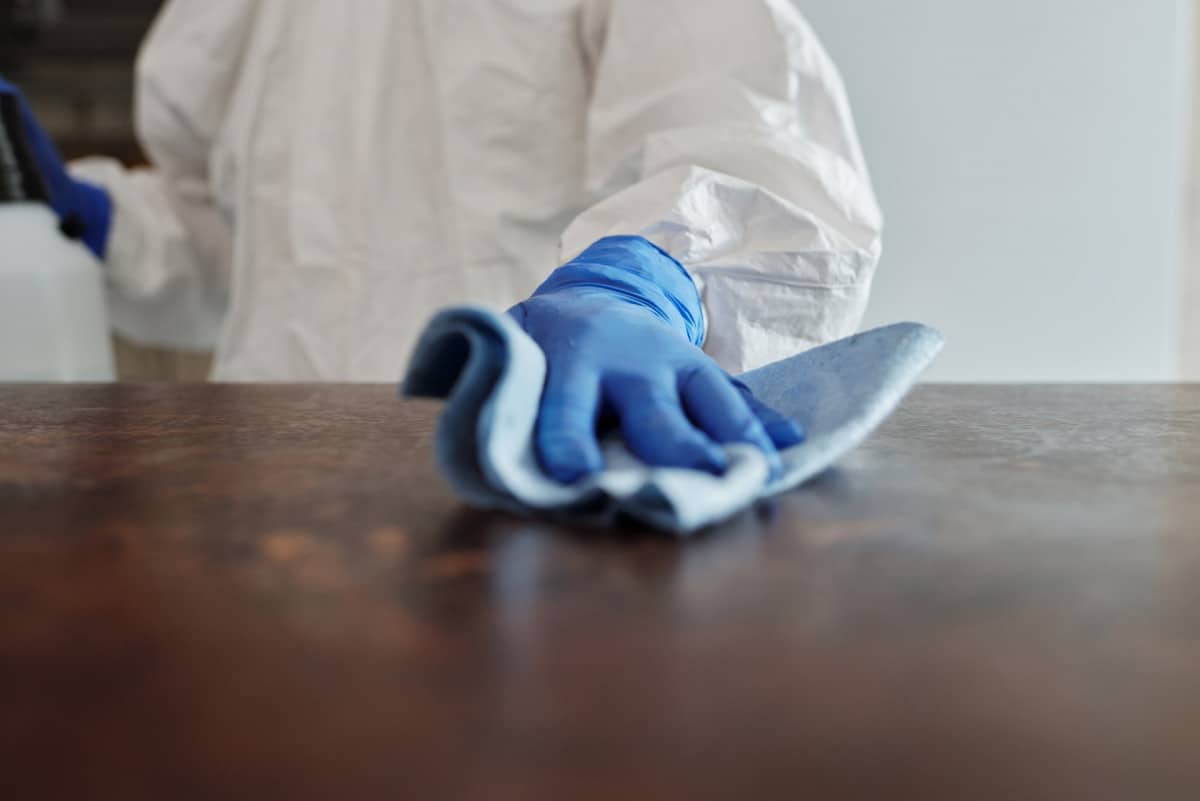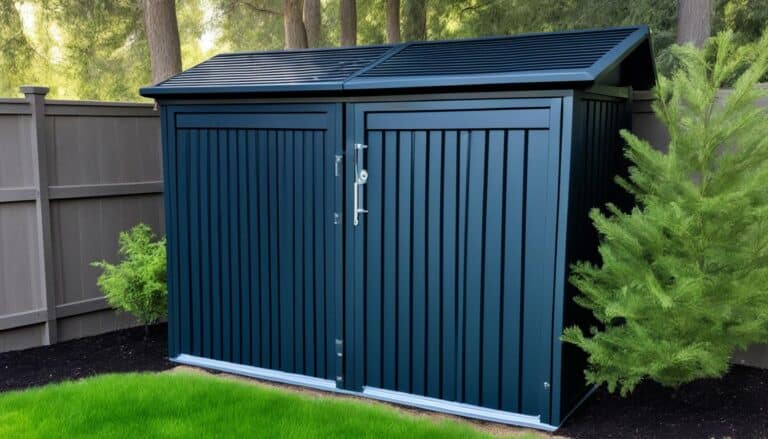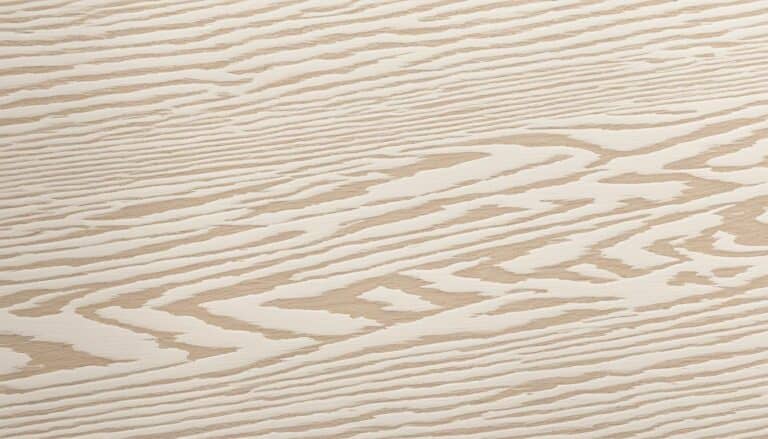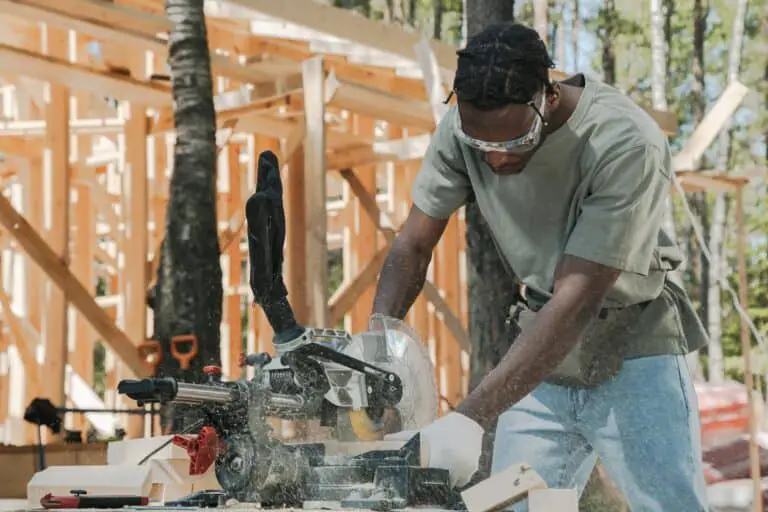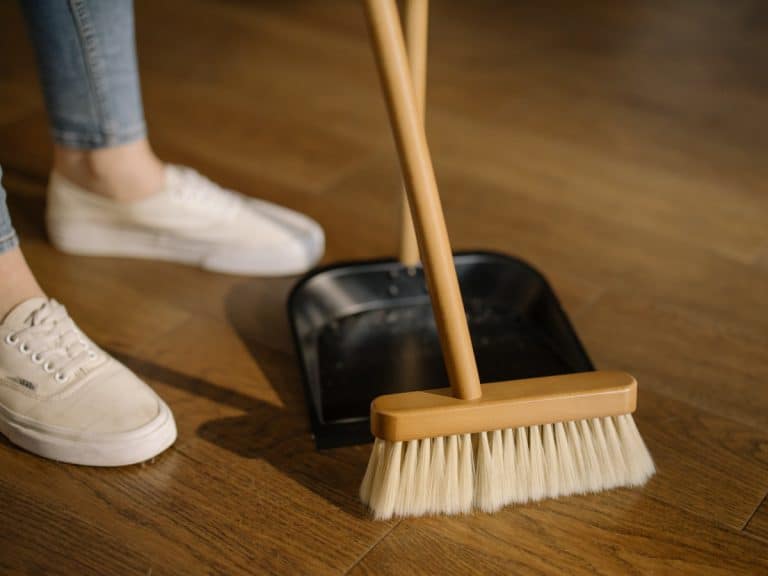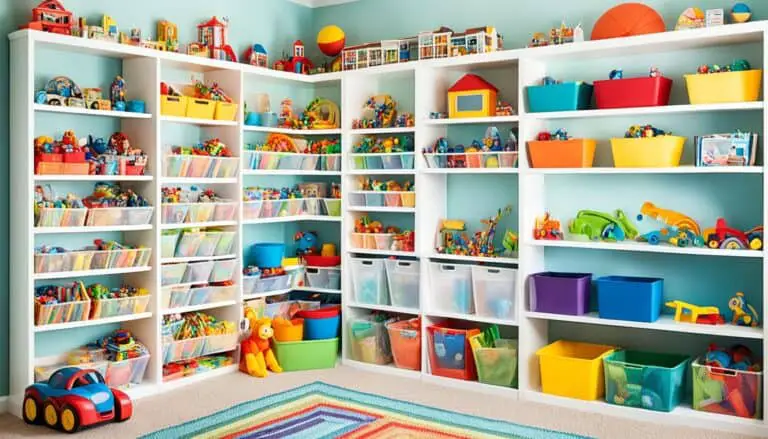Cleaning the surface of the wood with a polyurethane sealer can be challenging. You will want to clean with the proper techniques to ensure the longevity of your wood and the brilliance of your wood piece. How to clean and maintain your polyurethane wood is important and will serve you well with minor techniques.
Cleaning your polyurethane wood is a simple process. You need to perform regular maintenance. Dusting or cleaning with regular dust cleaning products is best. Do not use anything wet. If more cleaning is needed use a steam applicator or a damp cloth with distilled white vinegar, glass cleaner heavily diluted with water.
There are many products on the market that state they can clean your wood. In actuality, it will hurt your polyurethane seal over time and distort in extreme cases. Let’s look at how to clean properly and safely so you don’t damage your polyurethane sealed wood.
What can I use to clean polyurethane?
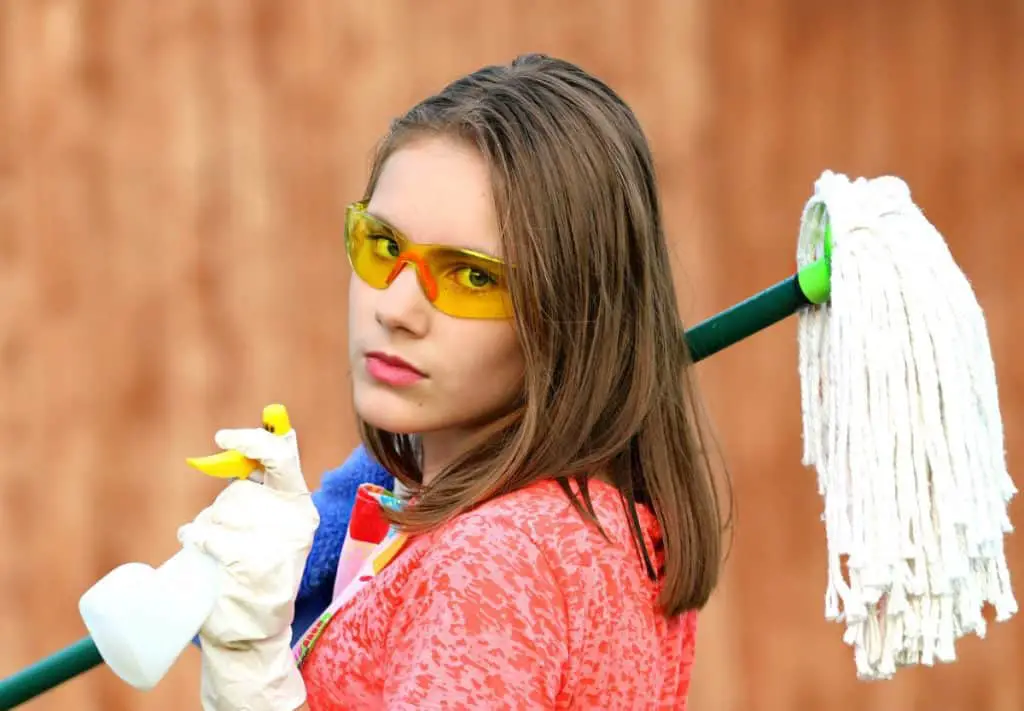
I know this will sound interesting to you, but before you start attempting to clean your polyurethane wood you will want to ensure it is actually sealed with polyurethane. There are other finishes that will look like or mimic polyurethane. These include lacquer or other finishes.
If you are unsure of the finish of your wood be sure to select a small space on your wood to test which will not be seen or is in an inconspicuous spot. Use the below checklist to test your finish.
- Rub a little bit of acetone – (You can find this in your nail polish remover) – in a circular motion.
- If the finish is lacquer, the finish will dissolve
- If the finish is a varnish or shellac it will turn sticky after a couple of minutes.
- If polyurethane it will bead up on the finish like water beads as polyurethane will repel the acetone.
If you are unable to determine what finish your wood has then I would suggest you use a lacquer furniture care or other generic finish over-the-counter product to clean.
Cleaners And Tools You Can Use
Broom and Dustpan
SANGFOR Dust Pan and Broom Set Cleans Broom and Dustpan Set Upright Stand Up Dustpan Broom Combo with Long Handle for Home Kitchen Room Office Lobby Floor Use (Orange) – Buy at Amazon here
Vacuum Cleaner
Shark Navigator Upright Vacuum for Carpet and Hard Floor with Lift-Away Handheld HEPA Filter, and Anti-Allergy Seal (NV352), Lavender – Buy at Amazon here
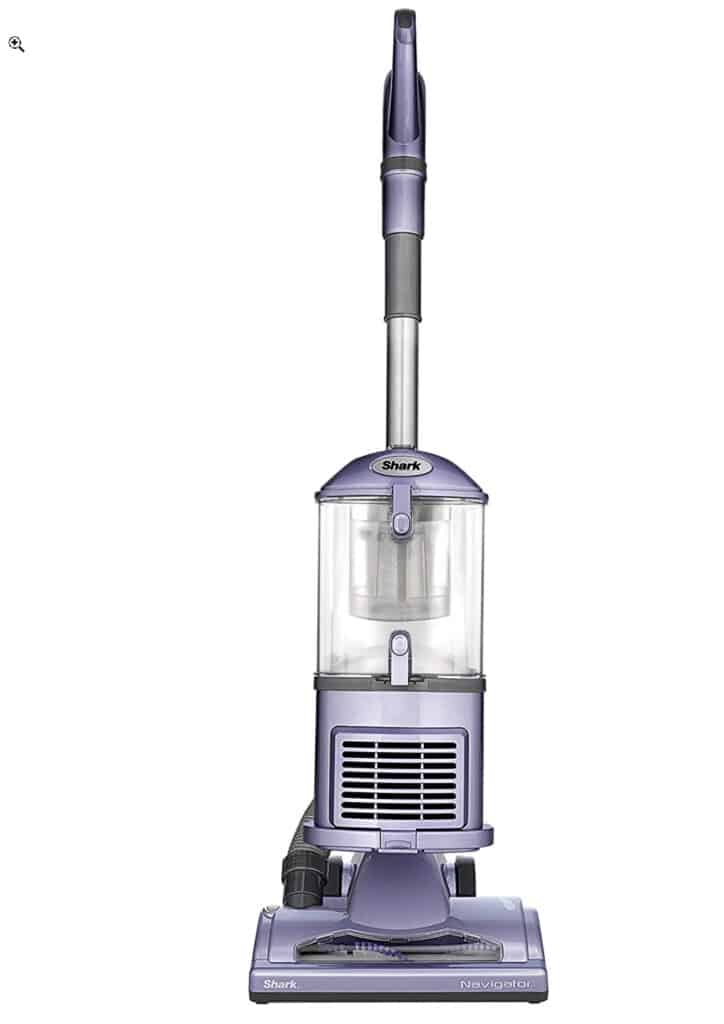
Microfiber Mop
Microfiber Mop Floor Cleaning System – Washable Pads Perfect Cleaner for Hardwood, Laminate & Tile – 360 Dry Wet Reusable Dust Mops with Soft Refill Pads & Handle for Wood, Walls, Vinyl, Kitchen – Buy at Amazon here
Steam Cleaner
Dupray Neat Steam Cleaner Multipurpose Heavy Duty Steamer for Floors, Cars, Home Use and More. Buy at Amazon here.
Can I use pledge on polyurethane?
As mentioned above Pledge – a great multi-surface polish spray – works very well on polyurethane wood surfaces. It provides a high-gloss finish which assists in keeping dust and dirt off of the polyurethane surface.
Can you use Windex on polyurethane?
This cleaner has become quite popular with polyurethane for removing a filmy residue. If you use this product I would recommend using it sparingly as you don’t want to leave too much alcohol on the polyurethane wood surface.
Once you have determined the finish you can safely clean your wood without worrying about damaging its appearance. Now the next question is how to clean.
There are different levels of dirty when it comes to your wood surface. And it also depends on what wood you are cleaning. Will it be cabinets, a home décor piece, or a coffee table? This will answer the question how do you clean a wood polyurethane table for example.
So what can I use to clean polyurethane? The general rule is you apply the same principles to cleaning each wood piece once you have determined the finish.
Dust Cleaning – General dust cleaning is a must and needs to be incorporated into your cleaning routine. The best cloth to use is a dry microfiber cloth. Use short gentle strokes to remove the dust.
Grease – A common mistake is made when cleaning real dirty wood surfaces. We misinterpret cleaning the finish to cleaning the wood. Don’t be harsh in your cleaning effort.
Another reason to consider this is is furniture polish and wax can build up over time and will cause concerns about the appearance of the finish. A general rule is to use a moist cloth and wipe away the dirt and grease as needed.
If grease is not removing by using a moist cloth there are alternatives.
- Mineral Spirits – Put a general amount of mineral spirits on a clean rag and wipe gently over the finish of the wood. This should remove most of the grease or smudges which may be on the wood.
- Vinegar – Will vinegar remove polyurethane? A mixture of vinegar and water will break up the grease or smudges without damaging the polyurethane finish.
- Rubbing Alcohol – Used sparingly and applied in small amounts rubbing alcohol will work very well in cleaning your polyurethane surface and remove most grease or smudges.
How do you clean sticky polyurethane?
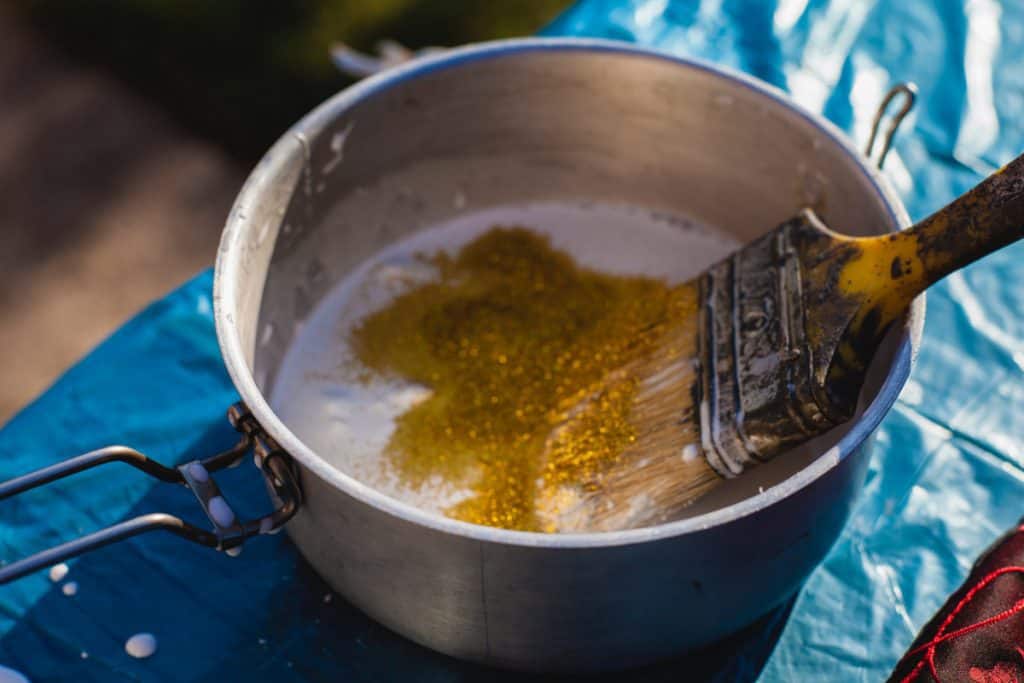
There are a few reasons why your polyurethane wood would be sticky. This may be because of the finish in the process of making the wood piece or maybe because something was applied to the polyurethane surface and has left a residue.
If your polyurethane wood surface is sticky from the making process of the wood project or piece it is most likely because the wood you used contains natural oil that hinders the drying process.
If you wait till the first coat of polyurethane is dry and apply the second coat this should resolve the issue with it being sticky.
If you want more information about sealing wood and/or wood signs you can get see our post – “How Do You Seal Your Wood Signs“.
If the polyurethane wood surface is sticky due to a spill of food or drink for example then you can safely clean the surface with vinegar. Mix vinegar with water and place a clean cloth in the solution. Wring out the cloth and wipe over the affected area lightly several times with several passes until the stickiness has been removed.
Does mineral spirits damage polyurethane?
In general, the answer to this question is no, mineral spirits do not damage your polyurethane finish if used sparingly and are recommended diluted with water. In fact, according to Bob Vila’s article, it is good to use mineral spirits in your spring cleaning routine.
The mineral spirits can be used with a clean cloth to wipe down your wood surfaces to refresh and bring the natural look of the wood comes back to its original shine and luster.
Please note though there may be some fumes associated with the use of mineral spirits. Ensure you use it in a well-ventilated area or have some protection for breathing when you use it.
How do you get water stains out of polyurethane?
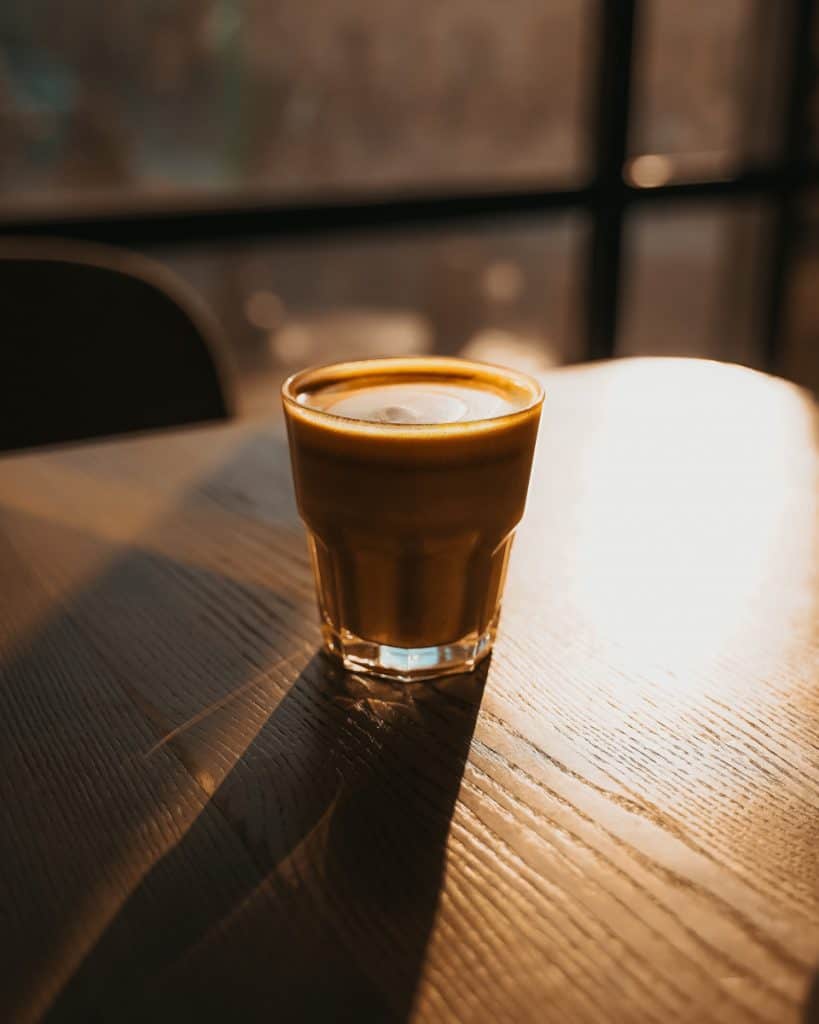
Water stains are the most common type of stains which affect your polyurethane wood surfaces. They can be an eyesore and make you think twice about the wood piece which has the stain. Is there a way to safely remove them and retain your wood piece?
Baking Soda – The use of baking soda is quite common on many levels but I never considered using it to clean polyurethane wood until I did the research for this article. Surprisingly it works very well.
- Get 1 tablespoon baking soda
- Mix 1 tablespoon of water with the baking soda
- Form a paste
Using a clean cloth, gently rub the spot where the water stain is in a circular motion until it has been removed. Be cautious not to rub too hard as it may make a permeant mark on the surface.
Petroleum Jelly – This was an interesting one to me to see what else you can add to the list of uses for petroleum jelly. Prior to going to bed take a small amount of petroleum jelly and place it on the ring or watermark on the polyurethane wood.
Let is sit overnight and wipe clean in the morning to a refreshed spot on the wood surface making it good as new.
Vinegar – As mentioned above vinegar is the most common solution to removing stains. To remedy the water stain however we need to add an extra element, olive oil.
After mixing a small portion of vinegar and olive oil together take a clean cloth and apply to the ring or stain. Using a small circular motion wipe until the stain or ring is gone.
Toothpaste – This solution was a new one to me as I did my research. If you use a non-gel toothpaste you can remove water stains on polyurethane wood surfaces.
Take a little of the non-gel toothpaste and apply it to a clean cloth. Gently wipe on the water stain or ring and wipe in a circular motion till gone.
After looking at all of these solutions I really don’t have one I recommend over the other. So I would suggest you try these in an inconspicuous spot on your wood prior to an obvious spot to remove water stains and rings.
Lastly, I would recommend you let all of these solutions completely dry and then apply furniture polish to protect the finish you just cleaned.
How To Clean Water-Based Polyurethane
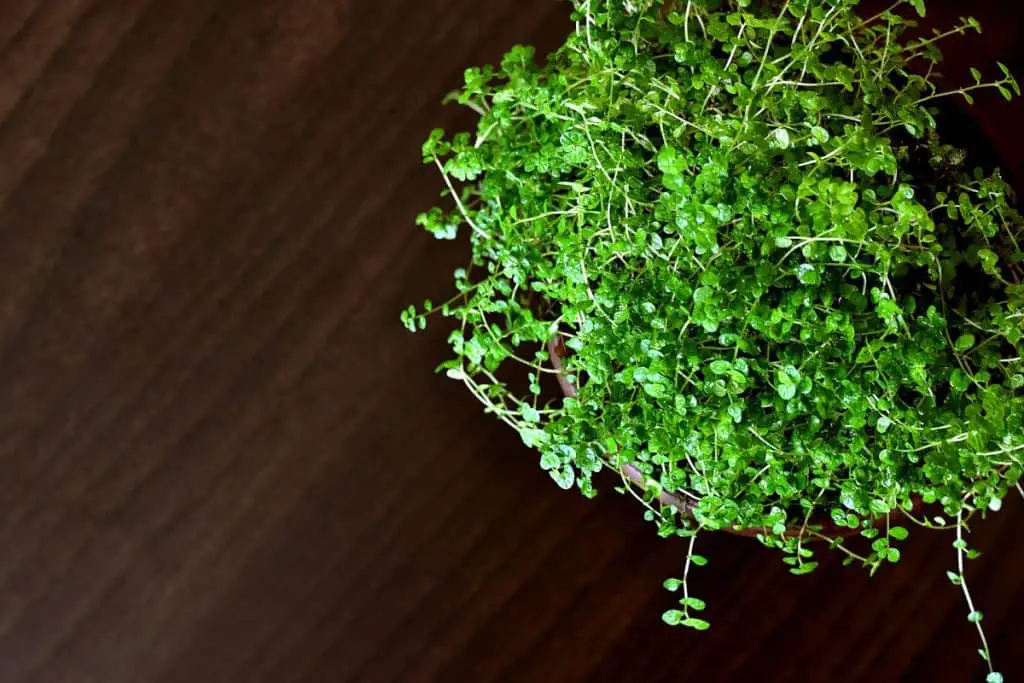
Water-based polyurethane is a very viable option to oil-based polyurethane. Some folks like it better due to its ease of use and application as well as the clarity it provides on the wood furniture and floors.
Durability wise it is virtually the same which is a misconception as some folks believe water-based polyurethane is not as good as oil-based. With regard to cleaning water-based polyurethane to cleaning is very similar.
Water Based Polyurethane On Wood
The application of water-based polyurethane on wood, for example, wood floors, seems to be counterintuitive as wood and water don’t mix. The process after application of the water-based polyurethane is the water evaporates and leaves the polyurethane to dry and create a barrier on the wood.
Knowing the barrier is there isn’t a catch-all when cleaning water-based polyurethane wood. The sealer isn’t totally impervious to water and can seep into the wood. The reason I mention all of this is cleaning with water is an option, however, I wouldn’t use an excessive amount or let puddles of water stand on your polyurethane wood as it can penetrate the wood over time and cause your wood to bow, crack or split.
Utilize the cleaning processes noted above and clean with general to lite amounts versus using a mop with a bucket for example.
Conclusion
Looking at all of the simple yet effective solutions for cleaning your polyurethane wood, floors, furniture, etc. is not difficult if the cleaning is approached in a manner equal to the wood stain or dirt. Be careful of abrasive cleaning techniques and ensure you test a small spot prior to going big on a stain and attempting to tackle it.


